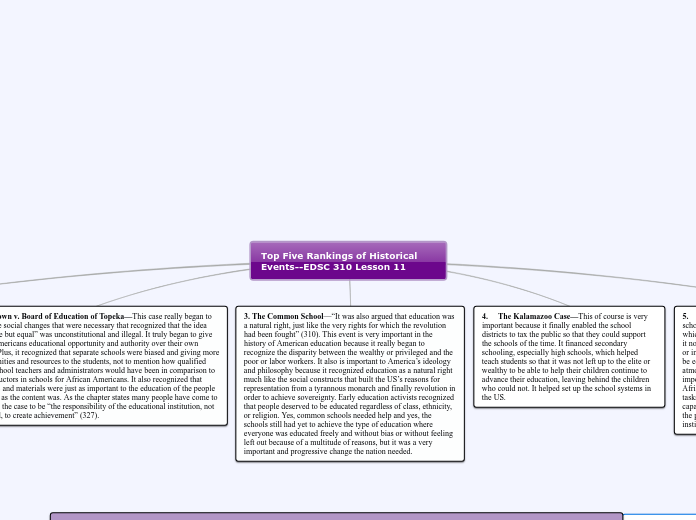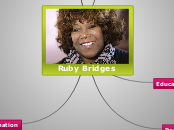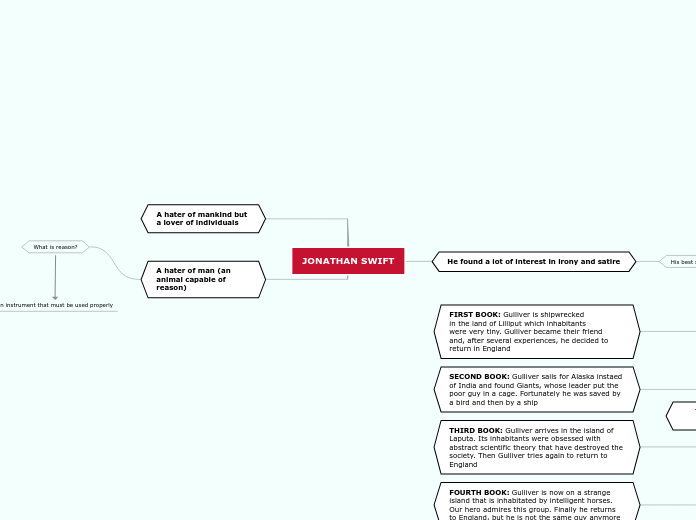по Sara Humzeh 6 лет назад
347
Top Five Rankings of Historical Events--EDSC 310 Lesson 11
The Progressive Education Association marked a pivotal moment in educational reform by emphasizing the individual needs of students and fostering an environment where they could develop naturally with guidance from teachers.









